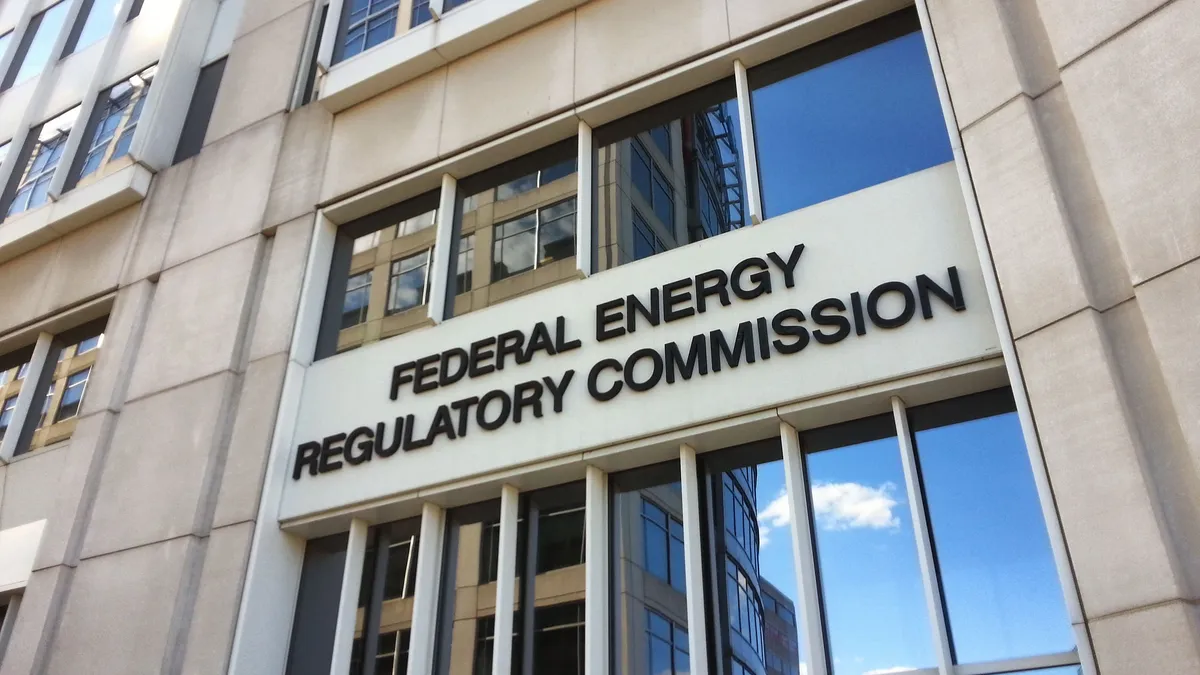Dive Brief:
-
The Federal Energy Regulatory Commission (FERC) has cut return on equity (ROE) for transmission owners in the Midcontinent ISO (MISO) by about two percentage points, bringing it down to 10.3%.
-
FERC was responding to a 2013 challenge by industrial customers in MISO who argued that the prevailing 12.38% ROE was too high.
-
MISO transmission owners can still qualify for ROE adders, but the maximum rate may not exceed 11.35%.
Dive Insight:
In its ruling, FERC followed the recommendation of its staff in January. The grid operator's industrial customers had argued the rates were excessive, and questioned whether or not they synced up to the current economic conditions of their consumers.
FERC’s analysis, however, varied from the agency’s standard treatment of ROE and followed a 2014 transmission ROE case in New England.
In its analysis, FERC did not use its traditional discounted cash flow (DCF) methodology to determine a midpoint of reasonableness in setting ROE rates in the MISO case that would have resulted in rates of 9.29%. Instead, FERC set the ROE 10.3%, above the midpoint, citing unusual circumstances; namely, historically low interest rates and low bond yields.
FERC said that the “anomalous” and “unique” conditions had “rendered the DCF model less reliable.”
FERC said an “overly large” ROE reduction could transmission owners’ ability to fund new transmission projects and could cause transmission owners’ “credit ratings and/or other measures of financial health to deteriorate, impairing their ability to raise external capital to fund new transmission facilities.”
MISO industrial customers had requested that ROEs be cut to 9.15%. FERC ordered that the transmission owners must issue refunds on a prospective basis for the period from Nov. 12, 2013, through Feb. 11, 2015.














